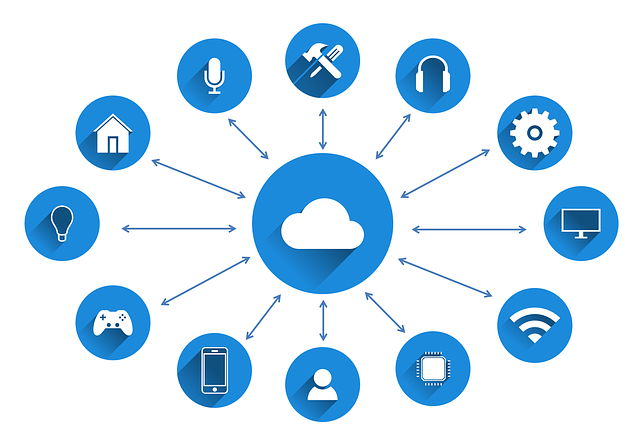Service management software is a tool used to manage and optimize service delivery operations. It enables organizations to efficiently plan, organize, and execute service work, from the initial customer request to completion. One of the key functions of service management software is scheduling and dispatch. This includes scheduling service technicians to perform service work and dispatching technicians to customer locations. The software can also optimize technician schedules and minimize travel time between jobs.
Service management software is constantly evolving to meet the changing needs of organizations and the market. Consequently, keeping up with these trends is vital to ensure your organization consistently implements them to stay ahead of its competitors. Let us discuss some of the latest trends in service management software:
Artificial Intelligence (AI) and Machine Learning (ML)
AI and ML are increasingly being used to improve the efficiency and effectiveness of service management operations. This includes using predictive analytics to forecast demand, using chatbots to provide customer self-service, and using machine learning algorithms to optimize resource allocation.

Cloud-based solutions
Cloud-based solutions are becoming increasingly popular due to their scalability, flexibility, and cost-effectiveness. This allows organizations to access service management software from anywhere and anytime and eliminates the need for expensive on-premise infrastructure.
Mobile-first design
The increasing popularity of mobile devices has led to a trend toward mobile-first design in service management software. This allows technicians and other field service staff to access information and tools from their mobile devices, improving the efficiency and effectiveness of service delivery.
Integration with other systems
Service management software is increasingly being integrated with other systems, such as customer relationship management (CRM) systems, enterprise resource planning (ERP) systems, and marketing automation systems. This allows organizations to streamline their operations and improve the accuracy of information.

Internet of Things (IoT) integration
Integrating service management software with the Internet of Things (IoT) is becoming increasingly important. This allows organizations to collect real-time data from connected devices, improving the accuracy of the information and enabling predictive maintenance.
Automated workflows
Automated workflows are becoming increasingly popular in service management software. This allows organizations to automate scheduling, dispatch, and billing tasks, reducing the risk of errors and improving the efficiency of service delivery.
Customer self-service
Customer self-service is becoming increasingly crucial in service management software. This includes using portals, where customers can raise and track service requests, access knowledge articles, and view their asset history.

Data Analytics
Data analytics is becoming increasingly crucial in service management software. This includes the use of real-time data to improve decision-making, the use of predictive analytics to forecast demand, and the use of data visualization tools to improve the accuracy of information.
Final thoughts
The latest trends in service management software include artificial intelligence and machine learning, cloud-based solutions, mobile-first design, integration with other systems, IoT integration, automated workflows, customer self-service, and data analytics. These trends are helping organizations improve the efficiency and effectiveness of their service operations and better meet customers’ needs to thrive in the industry.
Written by Adam Eaton








